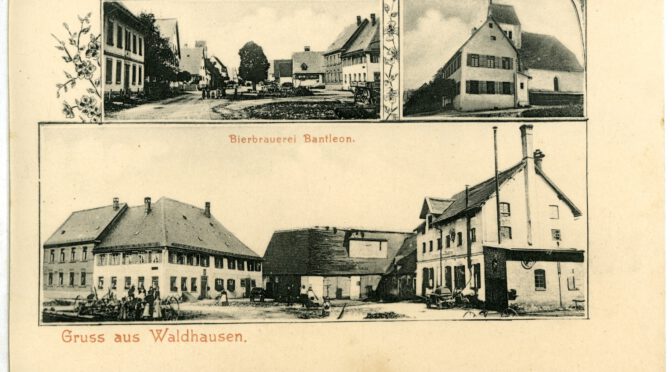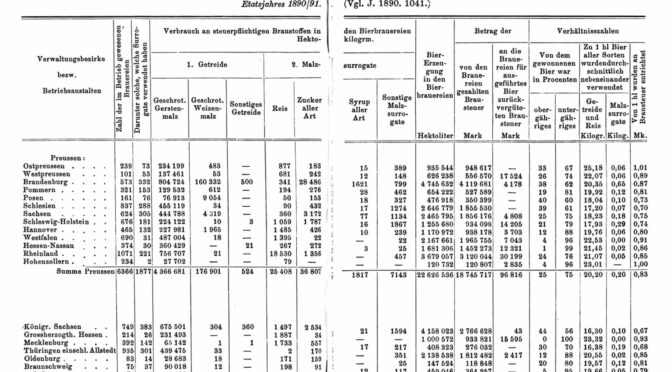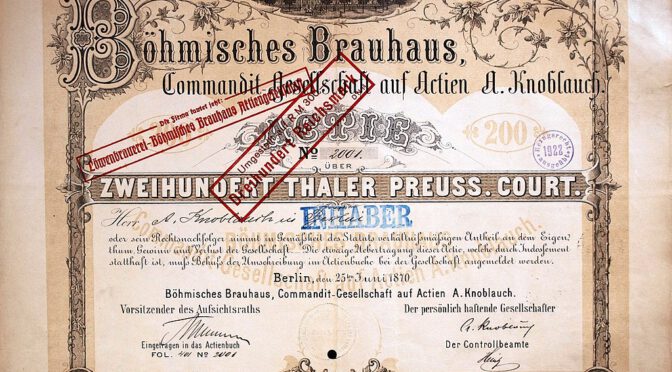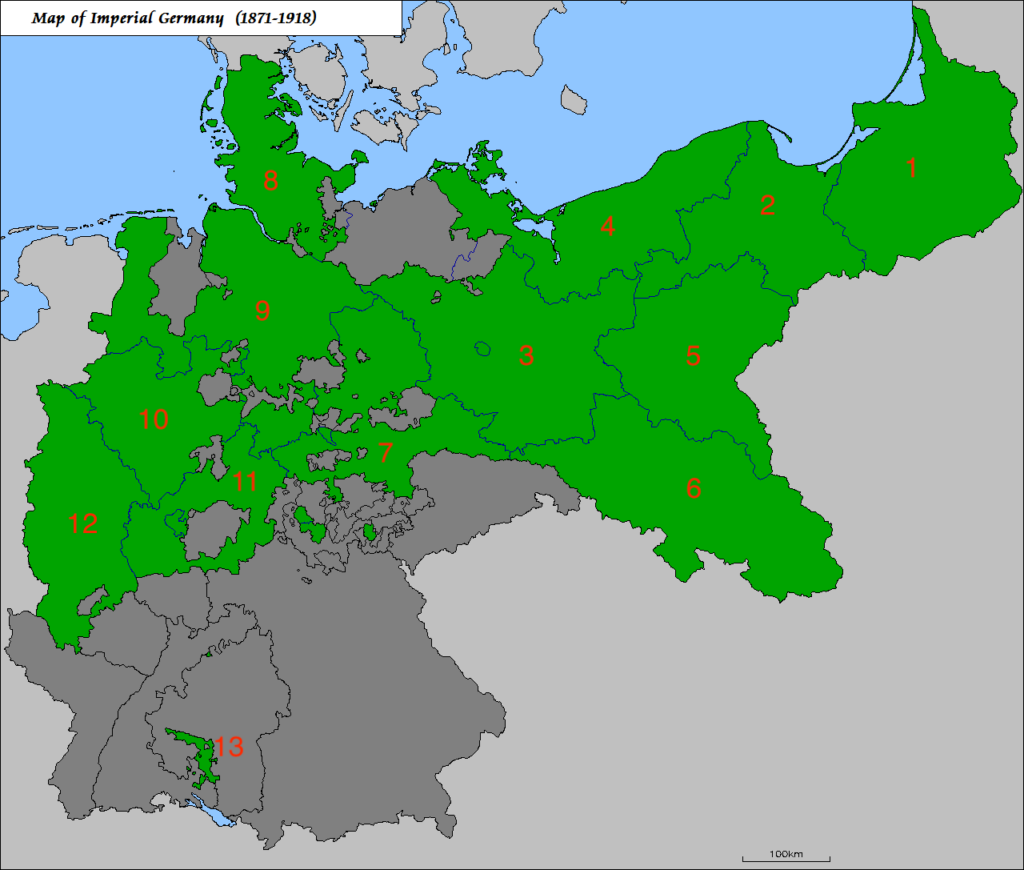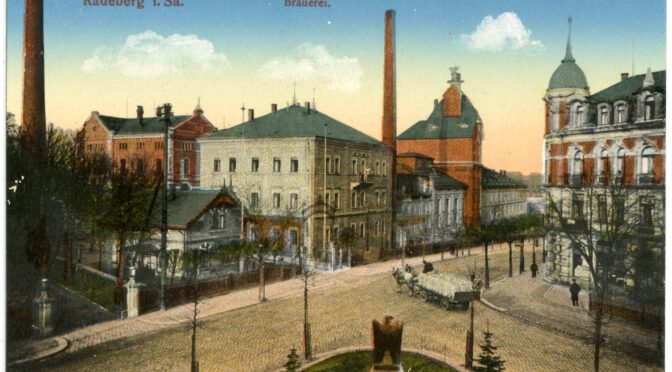I previously wrote about top- vs bottom-fermenting breweries in Germany (in particular the Northern German Brewing Tax Association), and then specifically about Prussia, Germany’s biggest state at the time, as the individual provinces were very different in how widespread bottom-fermenting breweries were.
What was still missing was the South of Germany. While I still don’t have full statistics, I at least have some numbers: full numbers of top- and bottom-fermenting breweries and respective production volumes for Bavaria and Württemberg, for Alsace-Lorraine we only have the number of breweries.
Please note that the statistics are for different time period: Bavaria’s numbers are for all of 1889, while Württemberg’s and Alsace-Lorraine’s numbers are for the fiscal year 1889/1890, i.e. 1 April 1889 until 31 March 1890. For Alsace-Lorraine we only know the total production volume (797,807 hl) not split up by top- vs bottom-fermenting, while for Baden we only have the total number of brewing vessels (1,918), their combined volume (17,198 hl), and the total production volume (1,630,976 hl), but nothing divided by top- vs bottom-fermenting.
Also, the data on Bavaria distinguishes between “brown beer brewery” and “white beer brewery”, but brown beer was equivalent with bottom fermentation, while white beer was equivalent with top fermentation.
| Breweries | Production Volume [hl] | |||
| State | TF | BF | TF | BF |
| Bavaria | 1,621 | 5,260 | 212,228 | 14,062,842 |
| Württemberg | 4,870 | 2,315 | 90,287 | 3,328,793 |
| Alsace-Lorraine | 8 | 150 | n/a | n/a |
What is very noticeable how small the top-fermenting breweries must have been: while the average bottom-fermenting Bavarian brewery would have brewed 2,673 hl, the average top-fermenting Bavarian only brewed 130 hl per year. So while there was a large number of breweries, most of them probably only brewed at slightly more than home-brew scale, probably only just serving their super local community, or the niche of white beer drinkers within it.
Even more extreme is Württemberg, where the average top-fermenting brewery only produced 18.5 hl per year, even an order of magnitude smaller than the average Bavarian brewery. That’s just 35.5 liters per week, probably only just enough for what a single pub or inn was selling in that time period. And don’t forget that these are averages, so there were likely breweries that brewed even less.
Now I wonder even more about top-fermented beer in Württemberg. Like, was it a cottage industry of small brew pubs or inns of de-facto homebrewers serving small niches of white beer drinkers? Was this something originally rooted in a farmhouse brewing culture we don’t know about yet? The statistics tell us nothing about whether any of that top-fermented beer in Württemberg was even sold or whether it was brewed for home consumption. 35.5 liters would be just enough to serve the weekly consumption of a farm, that’s about 5 Maß of beer per day.
I think there’s a lot more research that needs to be done about top-fermented beer in Württemberg in the late 19th century.

